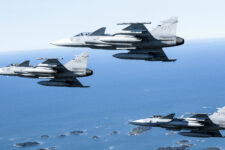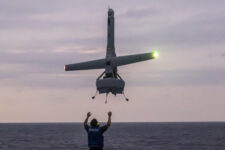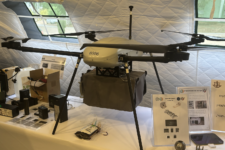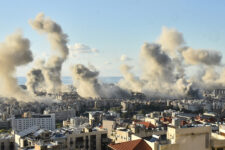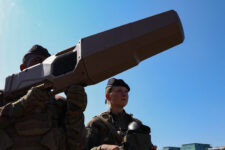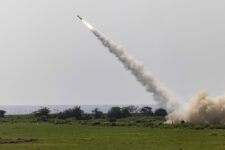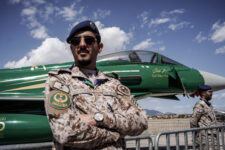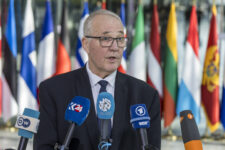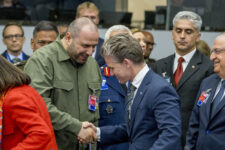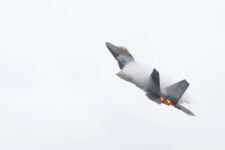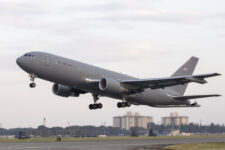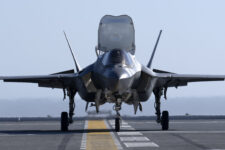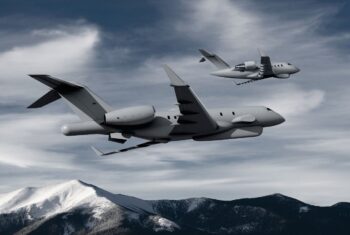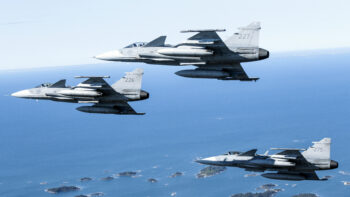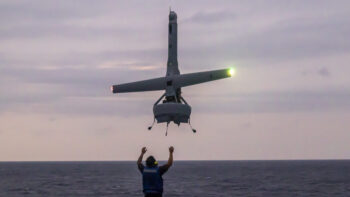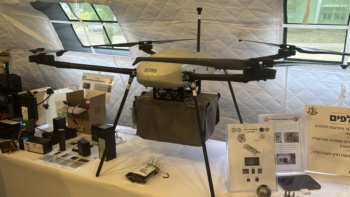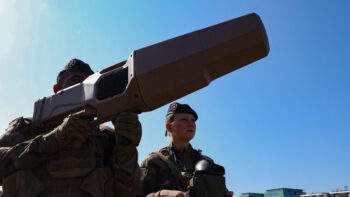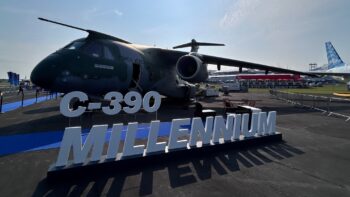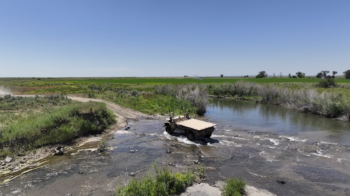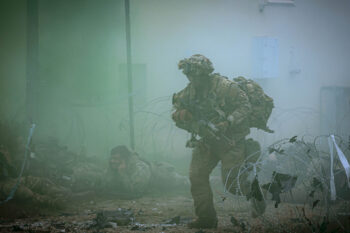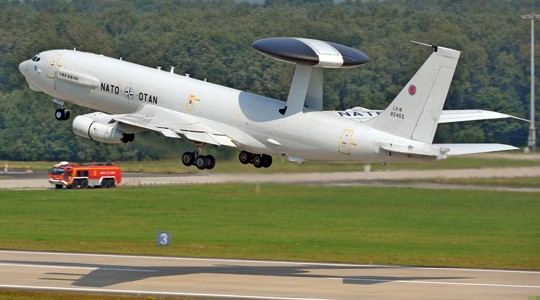 NATO HQ: As Central Command continues to hammer Daesh with bombs, rockets, bullets, and more, that’s straining the limited supply of AWACS, the airborne radar/command post aircraft that form the backbone of a modern air campaign.
NATO HQ: As Central Command continues to hammer Daesh with bombs, rockets, bullets, and more, that’s straining the limited supply of AWACS, the airborne radar/command post aircraft that form the backbone of a modern air campaign.
“That’s a capability under stress,” a senior NATO diplomat told reporters here. AWACS is one of those classic “high-demand, low-density” assets the Pentagon has worried about for years. The planes and the crews managing the airspace over Iraq, Syria and Turkey are getting worn out flying day after day. That’s why the request has come for NATO to lend a hand.
The NATO diplomat said the alliance’s 28 members were expected to approve the decision to share some of the 16 NATO aircraft by the Warsaw Summit on 8-9 July.
That deployment, should it occur, is symbolic of NATO’s efforts to project “stability beyond our borders,” as NATO Secretary General Jens Stoltenberg put it this morning. That’s something the alliance is keen to do in the light of the enormous migrant problem Europe faces and the instability on the southern shores of the Mediterranean.
NATO will also probably begin training Iraqi troops to help bolster the anti-Daesh coalition, the senior NATO diplomat said. NATO is unlikely to build bases, relying instead on existing coalition facilities. A survey team went to Baghdad last week, the diplomat said, Iraq’s Pirme Minister Haider Al-Abadi has requested training for counter-IED work, logistics, medical and ministerial advisors.
Swedish Gripen jets don’t ‘make sense’ for Ukraine yet, Dutch defense chief says
Chief of Defence of the Netherlands Gen. Onno Eichelsheim told Breaking Defense that F-16s are already in play and that Ukraine doesn’t have the pilots to man new, complex systems.
